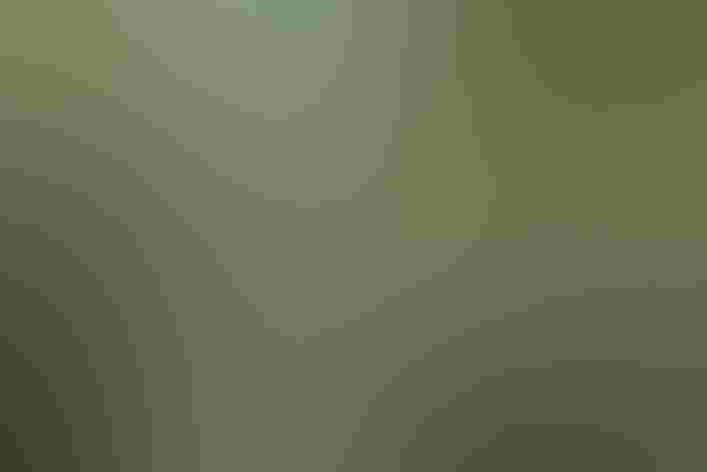Plumbeous Vireo
At a Glance
This is a common summer bird in the Rocky Mountain region, nesting in middle-elevation woodlands, often among oaks. When feeding, it works rather deliberately along branches, searching for insects. Its nest, a bulky cup suspended in the fork of a twig, is often easy to find. This bird was formerly lumped with the Blue-headed and Cassin's vireos under the name Solitary Vireo.
All bird guide text and rangemaps adapted from Lives of North American Birds by Kenn Kaufman© 1996, used by permission of Houghton Mifflin Harcourt Publishing Company. All rights reserved.
Category
Perching Birds, Vireos
Conservation
Low Concern
Habitat
Forests and Woodlands
Region
California, Northwest, Plains, Rocky Mountains, Southwest, Texas
Behavior
Direct Flight, Flitter, Rapid Wingbeats
Population
3.500.000
Range & Identification
Migration & Range Maps
Tends to migrate early in spring and late in fall. Small numbers winter in the southwest.
Description
5-6" (13-15 cm). Gray and white, with only a tinge of color in fresh plumage (fall). Contrasting white throat and "spectacles," two wing-bars. In faded plum-age of late summer, wing-bars less obvious, resembles Gray Vireo.
Size
About the size of a Robin, About the size of a Sparrow
Color
Black, Gray, White
Wing Shape
Pointed
Tail Shape
Notched, Square-tipped
Songs and Calls
Song a rather slow series of burry phrases, slower and rougher than that of Cassin's Vireo. Call a husky chatter.
Call Pattern
Falling, Flat, Undulating
Call Type
Buzz, Chirp/Chip, Whistle
Habitat
Coniferous and mixed conifer-deciduous woods. Breeds in rather open woods, mainly in habitats dominated by ponderosa pine, but also where ponderosa is mixed with junipers or pinyon pines. May be especially common in areas with understory of oak. Migrants occur in any kind of woodland.
Sign up for Audubon's newsletter to learn more about birds like the Plumbeous Vireo
Behavior
Eggs
3-5, usually 4. Whitish, lightly spotted with brown and black. Incubation is by both parents, about 12-14 days. In some areas, nests are often parasitized by cowbirds.
Young
Both parents feed the nestlings. Young leave the nest about 2 weeks after hatching.
Feeding Behavior
Forages rather deliberately in upper part of trees, searching for insects along branches and twigs as well as among leaves. Sometimes searches for items on bark of major limbs.
Diet
Mostly insects. In summer feeds almost entirely on insects, including caterpillars, true bugs, beetles, wasps, bees, and many others; also spiders. Also eats some berries and small fruits, especially in winter.
Nesting
Male sings frequently throughout the day to defend nesting territory. In courtship display, male may fluff up plumage and sway his body from side to side while singing. Nest: Placed in horizontal fork of branch in tree, often quite low (6-12' above the ground), can be much higher. Nest (built by both sexes) is a rather bulky open cup, suspended by its rim. Nest is made of grass, strips of bark, weeds, plant fibers, rootlets, lined with plant down and rootlets. Outside of nest may be decorated with moss or lichens.
Climate Vulnerability
Conservation Status
Still widespread and common, but surveys indicate overall declines in population.
Climate Threats Facing the Plumbeous Vireo
Choose a temperature scenario below to see which threats will affect this species as warming increases. The same climate change-driven threats that put birds at risk will affect other wildlife and people, too.




